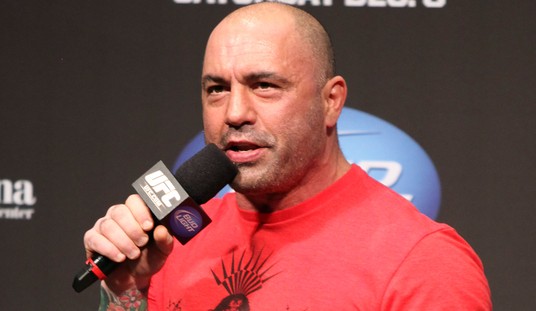FDA Commissioner Dr. Marty Makary spoke with CNN about why the administration is moving to remove artificial dyes from the food supply, noting the research on petroleum-based coloring “doesn’t look good.”
“I don't think we appreciated the potential risks to human health and child health when they were first introduced,” he told host Dana Bash when she asked why they're in the food supply and medication in the first place.
"Yellow Dye No. 5, for example, was noted to be a bright vibrant yellow color as the byproduct of coal tar in the coal ash, and then people decided to put it in fabric and then they thought well we can put it in food," he continued.
“The studies have caught up with the introduction of these petroleum-based chemical food dyes and the data doesn't look good,” he continued. "Studies have shown an association with ADHD. It also makes ultra-processed food look more attractive for young kids, messing with their minds, where they feel full and they want more of the food. And we've got an epidemic of childhood chronic diseases so we are erring on the safe side and moving to remove these from the U.S. food supply."
The @US_FDA says it is phasing out 8 petroleum-based food dyes, ideally by the end of next year. But why are they in our foods in the first place? @MartyMakary and @thefoodbabe join @InsidePolitics pic.twitter.com/e3cYoxmUod
— Dana Bash (@DanaBashCNN) April 23, 2025
Earlier this week, Makary explained the steps involved in the process to phase out artificial dyes from the food supply.
Recommended
"Number one, establishing a national standard and timeline for the food industry to transition from petroleum-based food dyes to natural alternatives," he said. "Number two, initiating a process to revoke authorization of synthetic food colorings, including those not in production, namely citrus, red, number two, and orange bee, within the coming weeks. Number three, taking steps to eliminate the remaining six synthetic dyes on the market from the US Food Supply, specifically red dye number 40, yellow dye number five, yellow dye number six, blue dye number one, blue dye number two, and green dye number three, by the end of next year."
FDA Commissioner Marty Makary outlines push from the HHS to phase out the remaining artificial food dyes from America’s food supply within two years.
— ABC News Politics (@ABCPolitics) April 22, 2025
“For companies that are currently using petroleum-based red dye, try watermelon juice.” https://t.co/3G7imJs7qL pic.twitter.com/DoXdkKK1vo
























Join the conversation as a VIP Member